Deep in the heart of Tokyo is a legendary neighborhood. Well, to be fair, there are a lot of legendary neighborhoods in Tokyo, but this one has special interest for tech nerds like us. Its actual name is Akihabara, but it’s better known by its nickname: Electric Town. It has long been a hot spot for gadgets of all kinds, big and small. During the Japanese electronics boom of the 1980s, it was said you’d be able to find rare, often Japanese-market-only devices. You also might be able to nab gear that wouldn’t be available elsewhere in the world for months or maybe years.
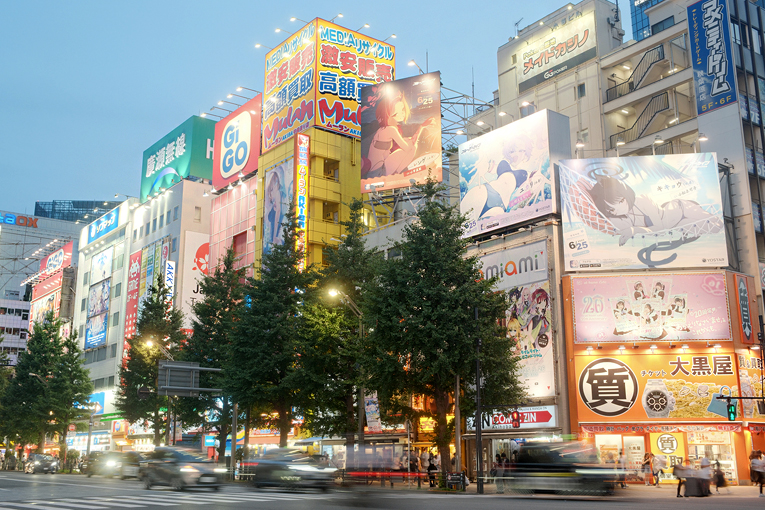
My first visit to the famed Akihabara was after this peak, circa 2005, with a group of tech writers who all extolled its legendary virtues. Even then, the towering, neon-lit buildings filled with endless electronics gear were a vision of a cyberpunk future. Squeezed between them were narrow alleyways lined with tiny shops selling cables, connectors, capacitors, and practically all the components you’d need to build just about anything.
Time moves. That cyberpunk future became a cyberpunk present. Akihabara changed. I saw it change in slices separated by the years between my visits. One of the longest stretches was between 2019 and this past July, when its transition into something different seemed almost complete. What once was the hub of all things electronic is now almost entirely the land of otaku: anime, computer games, and manga. Crowded corridors of gadgets have become floor after floor of figurines, trading cards, and various merchandise most notable for being anything but electronic.
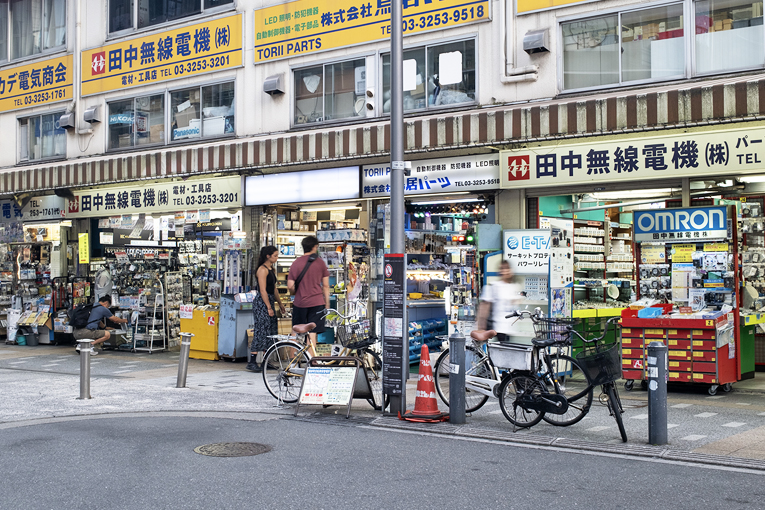
There are still a handful of stores that hark back to Akihabara’s golden age. Where there once could have been several shops devoted to one narrow niche, now there might be just one, presided over by an elderly shop owner. When these holdovers finally retire, will anyone replace them? Given the myriad shuttered storefronts, that answer seems to be no.
How much of this is a result of the crash of retail that’s happening all over the world? There’s a lot about Japan that has resisted such change, with small shops still thriving all over. Could this change instead be the result of, or at least exacerbated by, the arrival of the store of stores, Yodobashi Camera?
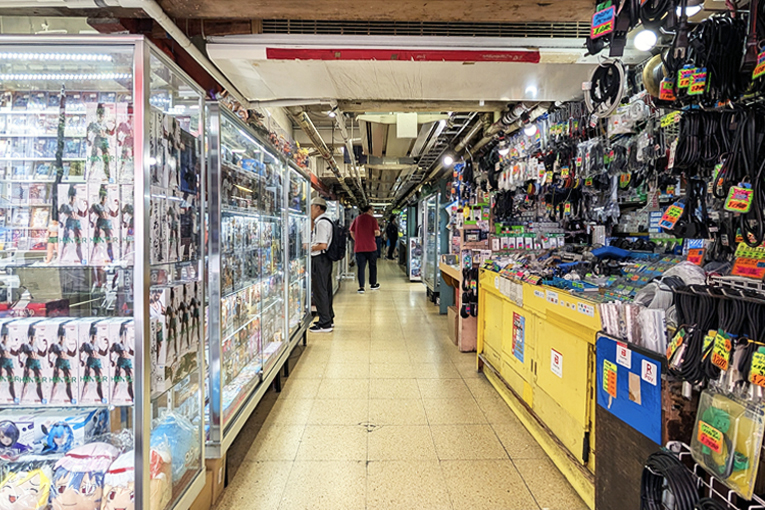
Opening in 2005, the enormous Yodobashi Akiba has everything a consumer could want, with endless selection, endless display samples, and that damn jingle. It’d be hard to imagine Yodobashi not pulling customers away from the small shops that lined the streets and alleys of Electric Town. Whatever the reason, a shift has taken place.
Otaku culture has long been a part of the Akihabara experience. Even during my first visit, before Yodobashi could affect anything, there were floors of anime DVDs, manga, and various related merchandise. Nature abhors a vacuum, and Tokyo real estate doubly so. Leaning into this shift in focus seems like it’s been a natural fit. As sales of electronics diminished, adding more stock of what kept selling was only logical.
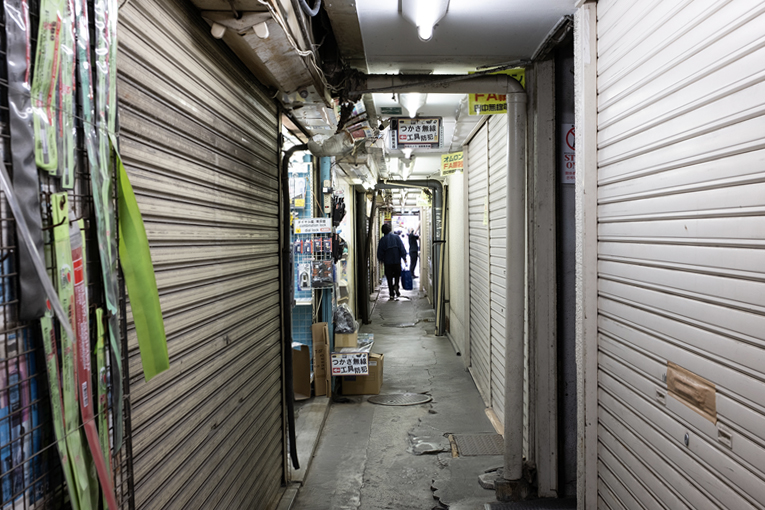
Walking around Akihabara now, you have to search for the remnants of Electric Town. You can still find shops that sell components and some that sell used “retro” gear. If you don’t want to patronize the giant Yodobashi, there are some smaller options, but even the medium-sized Bic Camera only has a fraction of the options on display at Yodobashi.
Broadly speaking, it’s hard to say how much direct impact megastores have on an area. Certainly in the United States, it’s easy to see the results on a downtown shopping district when Walmart drops in a superultramegacenter nearby. What can’t be denied is how Akihabara has changed and continues to change. Just recently, for example, the iconic Sega Akihabara Building 1 arcade, sold off by Sega in 2021 and rebranded Gigo, is being closed by its new owners, Genda.
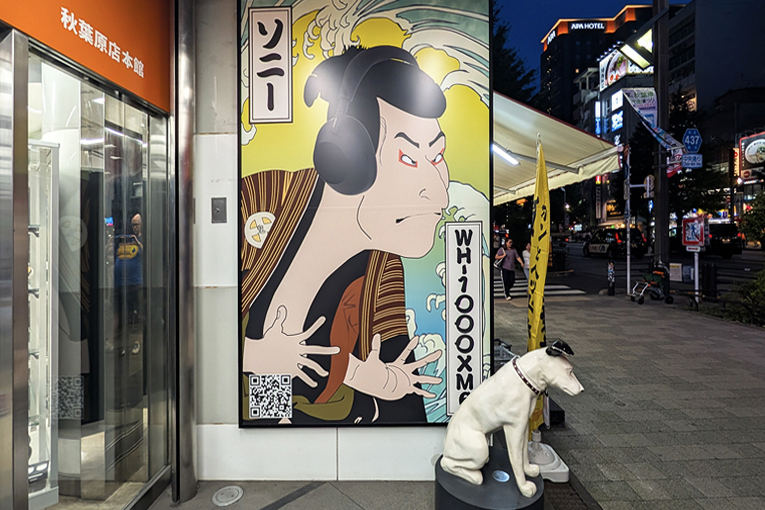
So what does the future hold for this once-futuristic neighborhood? Almost certainly not the future it promised in the 1980s. Space in Tokyo is too expensive to sit idle for long, and despite the shuttered shops, Akihabara is still busy. Instead of tech nerds looking for the latest domestic-market MiniDisc recorder, it’s otaku looking for Dandadan figurines amid maid cafes and weebs like me looking for what was lost and finding only the endless passage of time.
. . . Geoffrey Morrison





